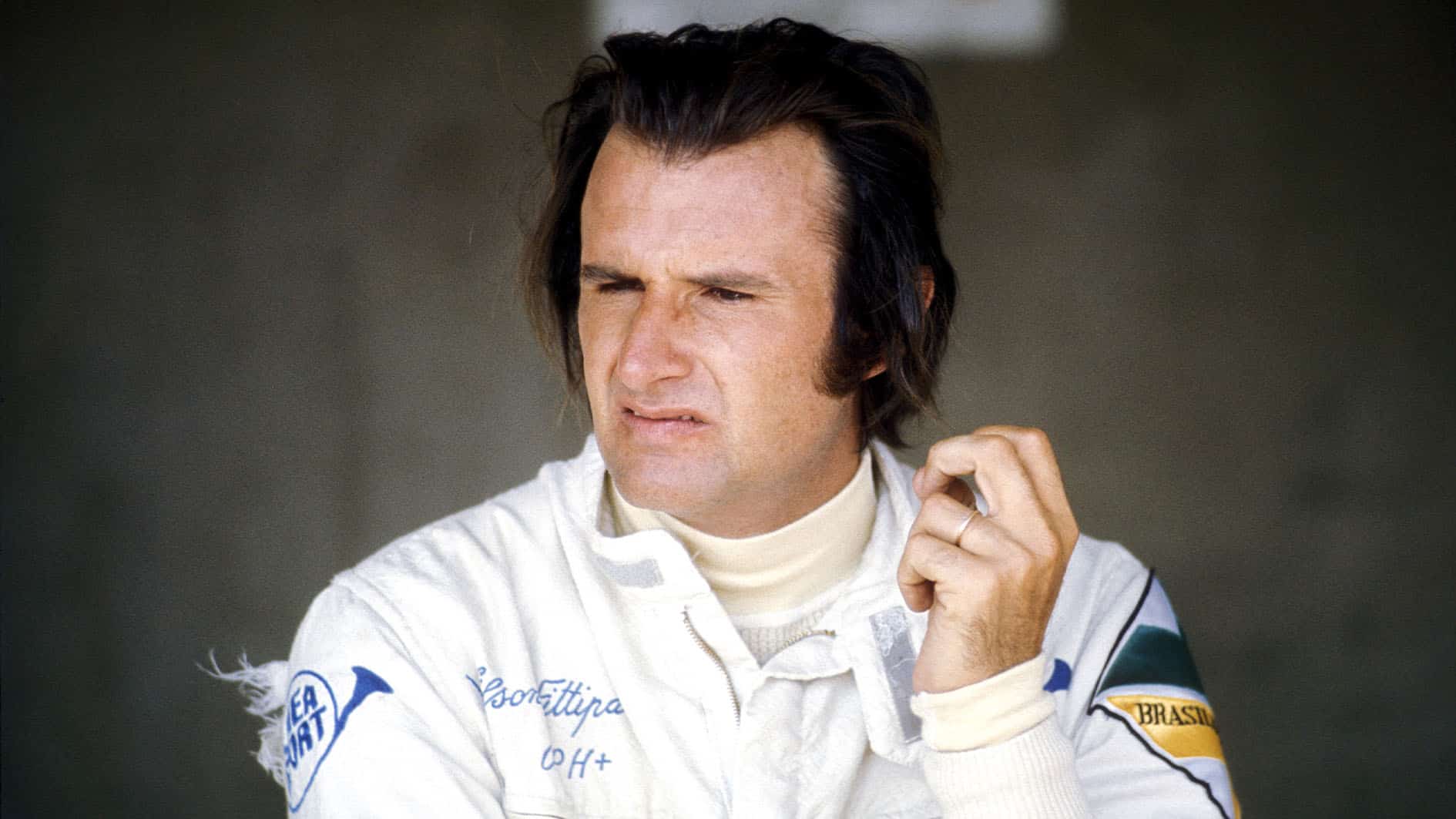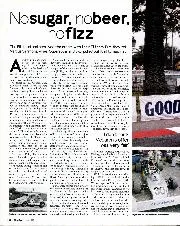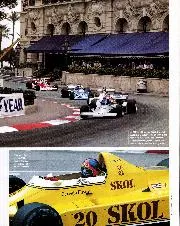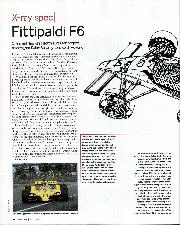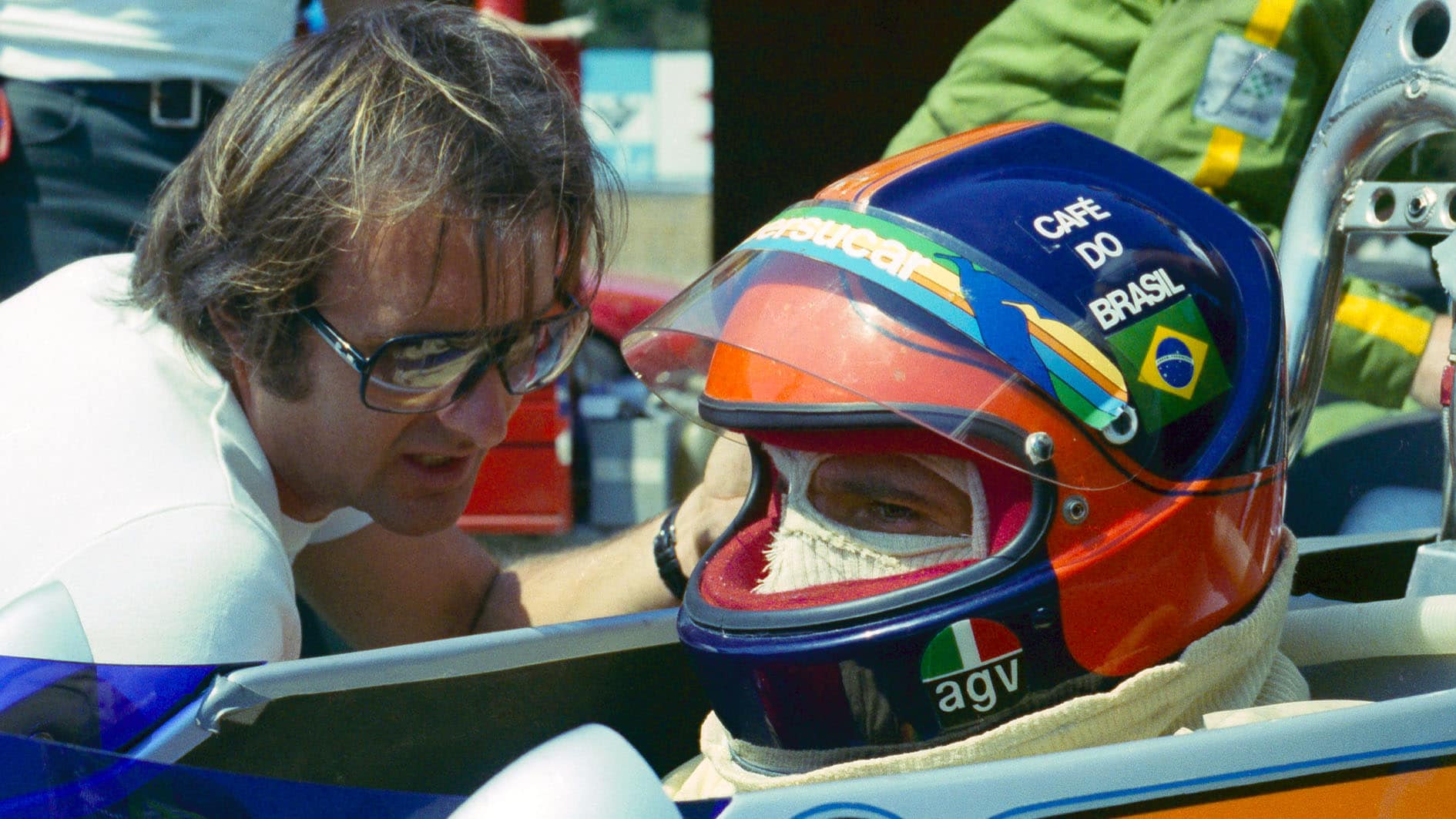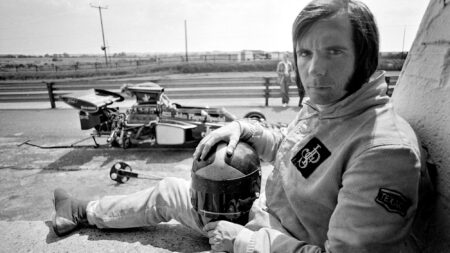Prompted by his father’s tales of European racing and local success, Wilson decided to head to Europe and a year in Formula 3 in 1966. But almost as he arrived the deal collapsed, and he was soon back in Sao Paulo. Meanwhile little brother Emerson was winning everything in sight locally and so, in 1969, he made the Varig flight to London and headed to Van Dieman. Soon he was dominating the category, then moved on to Formula 3.
Wilson then decided to follow in his brother’s’ footsteps and with the same Bardahl oil company backing, he secured a Lotus 59 Formula 3 drive with Jim Russell. He was on the top step of the podium in an early Silverstone round and was always in the hunt in what was the final year of the ultra-competitive one-litre screamer category.
The publicity back home was good and in 1971 he moved up to Formula 2 alongside his brother, first in a Lotus and then a March. At the same time, they were racing another Brazilian rising star destined for F1 – Carlos Pace. Wilson scored a podium at Hockenheim and a couple of fourth places too. Wilson made his F1 race at the end of the season for Team Lotus in a non-championship race.
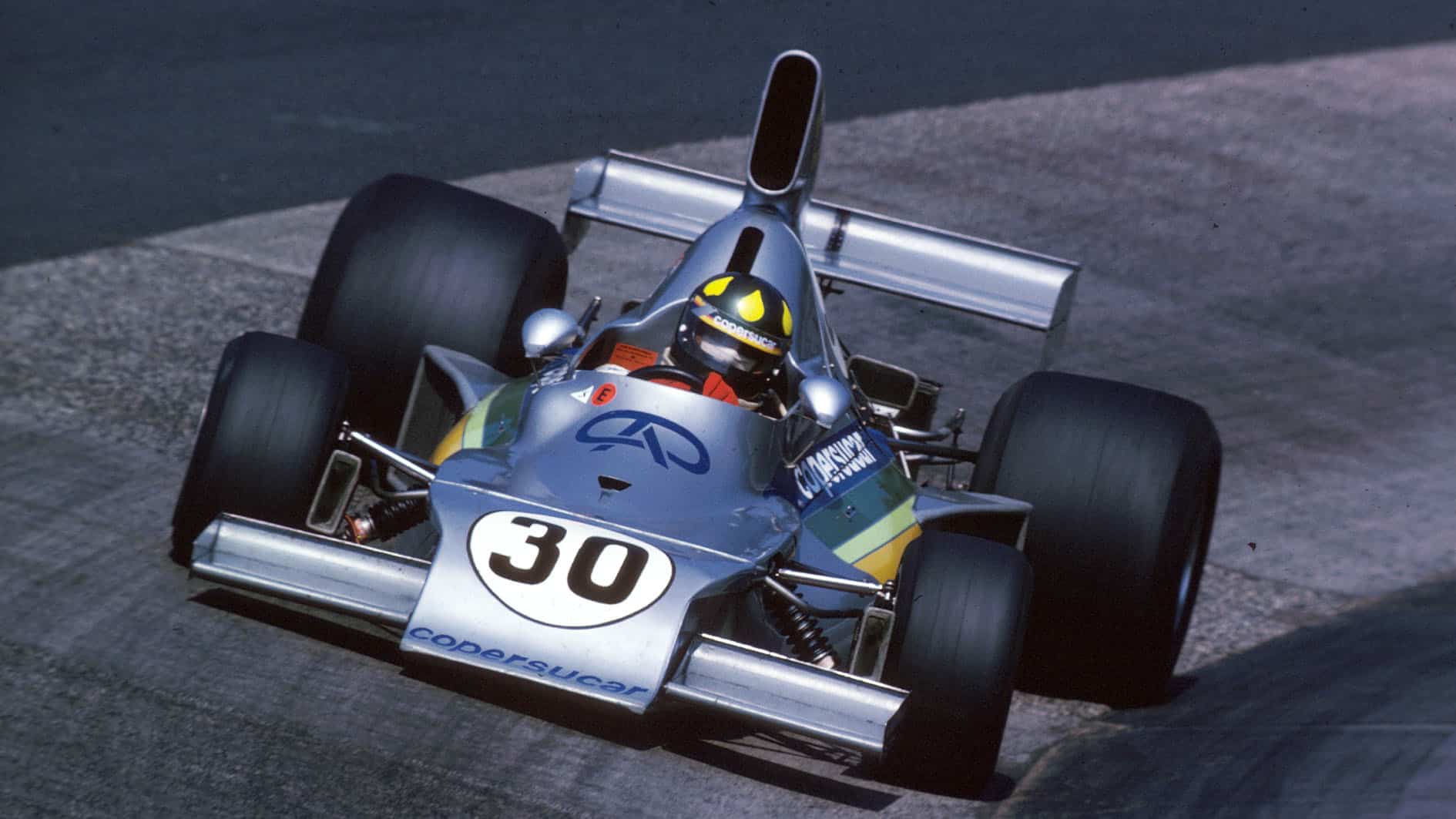
Best result behind the wheel came at Nürburgring ’75
Getty Images
A decent bag of cruzeiros caught Bernie Ecclestone’s attention and he was offered the third Brabham F1 seat for the 1972 season alongside Carlos Reutemann and Graham Hill. Over the next two seasons, first with the BT37 lobster claw and then the BT42 there were odd flashes of speed, but his progress was often hampered by mechanical failure. In the first year he was out of the points with a couple of seventh places as his best finishes – and there was also a Formula 2 win. The following year there was a litany of retirements, but his first points came in the opening race in Buenos Aires and a fifth in the German GP at the Nürburgring. But he considered his best ever F1 drive was at that year’s Monaco GP. Although the results show he was classified 11th, with just ten laps to go he was battling for fourth place until a fuel injection problem halted his progress.
